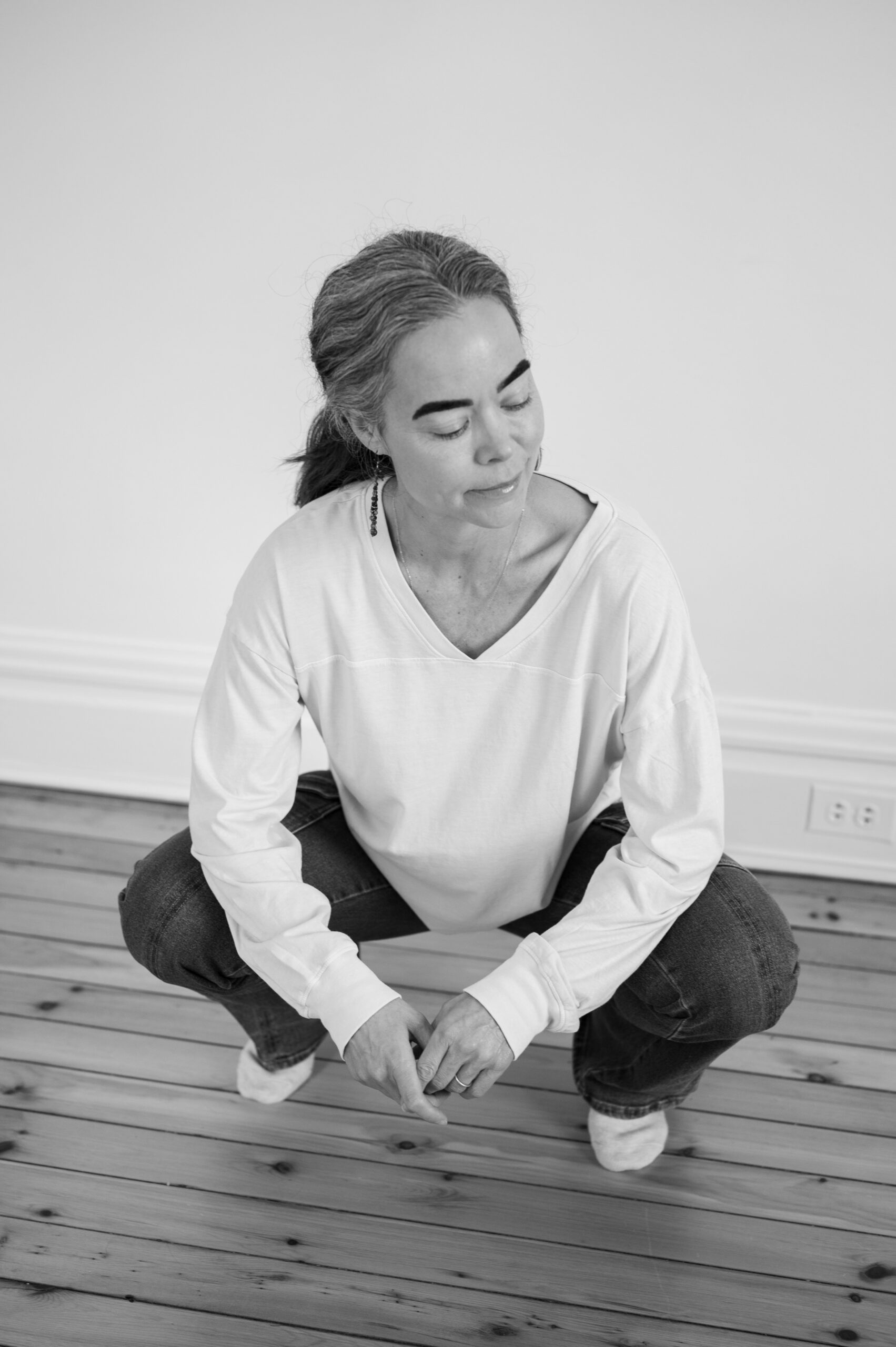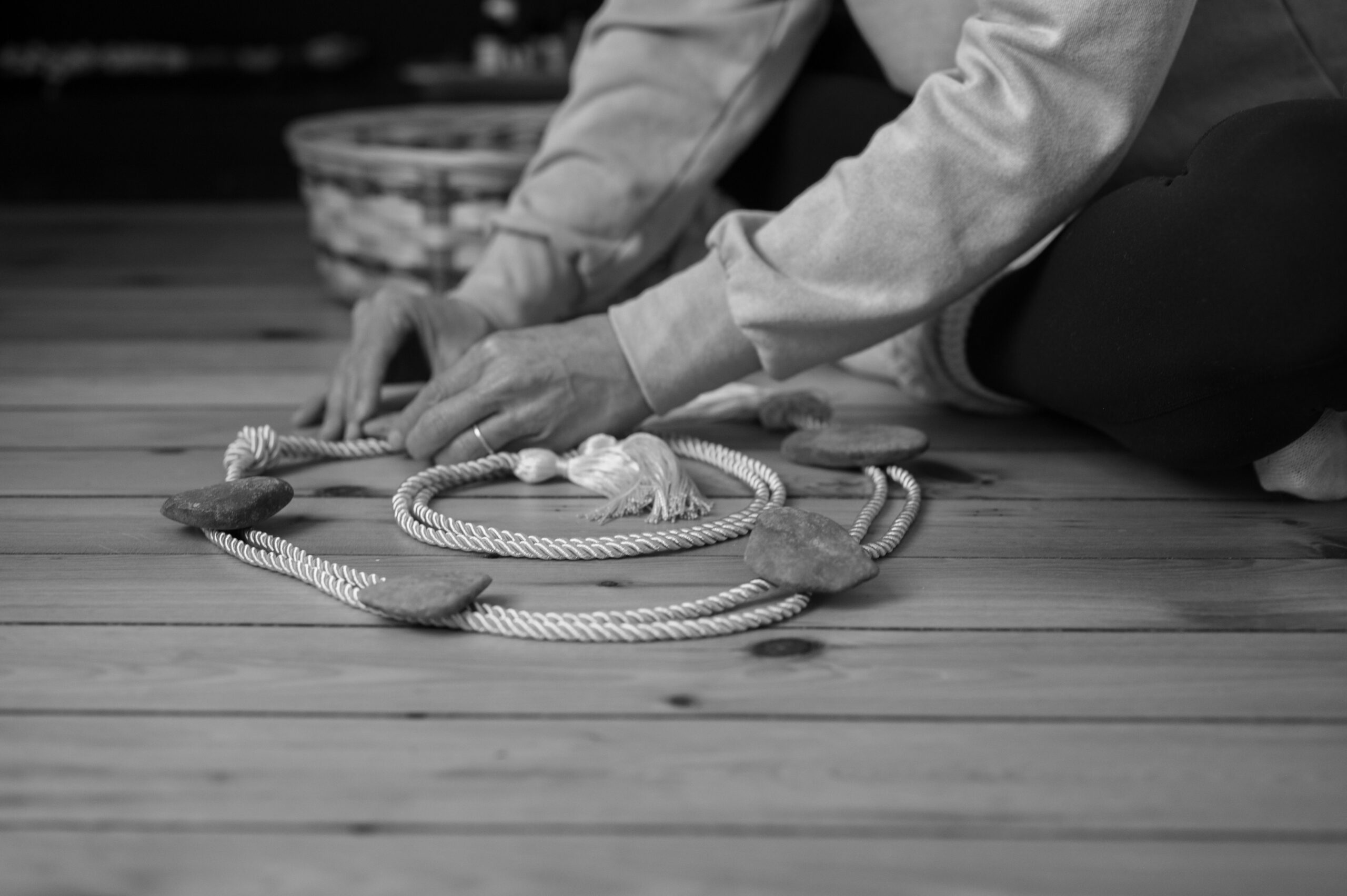the latest articles
Healing is not always loud. Sometimes, it moves through you in quiet, subtle shifts—whispers of transformation before they become roars of change. In CPTSD Medicine, the unburdening process is not just about understanding trauma; it is about releasing the trauma agreements you never chose. These agreements—formed in survival—once kept you safe but no longer serve […]
You may think your relationship struggles stem from communication issues, mismatched personalities, or even the stresses of daily life. But often, the root cause runs much, much deeper—hidden beneath the surface of your conscious awareness. It is not just about what is happening in your relationships; it is about why it keeps happening. Unhealed trauma […]
Regret-free decision making is possible, even if fear, doubt, or past trauma have left you feeling stuck or uncertain about your choices. Decision-making can feel overwhelming, especially when you’re carrying the weight of complex trauma. The fear of making the “wrong” choice or regretting your decision later can leave you stuck in a cycle of […]
Emotional disconnection in a marriage can feel like standing on opposite sides of an unbridgeable gap. The loneliness, frustration, and confusion that come with it often leave you wondering, Is it me? Is it them? Is this relationship salvageable? What am I doing? What should I do? But what if the experience of disconnection wasn’t […]
Big fights with your partner can leave you feeling raw, disconnected, and unsure of how to move forward. In those moments, it’s tempting to jump into problem-solving mode or retreat entirely. But neither of these responses usually leads to clarity or healing. Instead, I want to introduce you to a different approach: turning inward first. […]
Hi, I'm Tanner, the founder and channeler of CPTSD Medicine. From my home in Western Pennsylvania, I guide adults with unresolved CPTSD to unburden trauma energies, clean up their relational fields, and radiate their inherent healing power. As a former professor of education and a current Level 3 IFS Practitioner, my mission is to set as many humans free from the cage of CPTSD as possible.
Meet Tanner, founder of CPTSD Medicine
My approach empowers you to reclaim your sovereignty and lead your life with clarity, intention, and confidence.
A practical guide offering simple steps for stabilizing intense emotions quickly—restoring a grounded presence in moments of overwhelm.
PUT THE FLOOR BACK UNDERNEATH YOU
STOP SPIRALING IN 5 MINUTES




